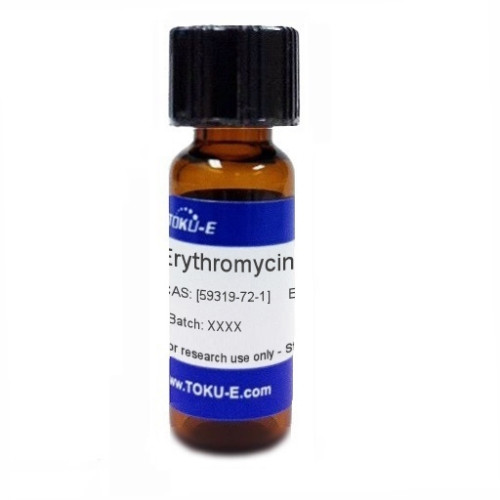Ertapenem Sodium, EvoPure is a highly purified form of Ertapenem Sodium. Ertapenem Sodium is a broad-spectrum, β-lactam, a 1-beta-methyl carbapenem that interferes with peptidoglycan synthesis. Ertapenem has been commercially available since 2001 and is marked by Merck. Ertapenem binds to penicillin binding proteins located on the cell wall. It has a narrower spectrum of activity than imipenem. The compound is commonly used in antimicrobial susceptibility testing. Ertapenem Sodium is freely soluble in water.
We also offer:
- Ertapenem Sodium (E094)
| Mechanism of Action | β-lactams interfere with PBP (penicillin binding protein) activity involved in the final phase of peptidoglycan synthesis. PBP’s are enzymes which catalyze a pentaglycine crosslink between alanine and lysine residues, providing additional strength to the cell wall. Without a pentaglycine crosslink, the integrity of the cell wall is severely compromised and ultimately leads to cell lysis and death. Resistance to β-lactams is commonly due to cells containing plasmid-encoded β-lactamases. |
| Spectrum | Ertapenem Sodium has broad-spectrum activity targeting a wide spectrum of aerobic and anaerobic Gram-positive and Gram-negative bacteria. |
| Microbiology Applications | Ertapenem Sodium is commonly used in clinical in vitro microbiological antimicrobial susceptibility tests (panels, discs, and MIC strips) against Gram-positive microbial isolates. Medical microbiologists use AST results to recommend antibiotic treatment options. Representative MIC values include:
For a representative list of Ertapenem MIC values, click here. |
| Molecular Formula | C22H24N3O7S • Na |
| References |
Cunha BA (2002) Ertapenem. A review of its microbiologic, pharmacokinetic and clinical aspects. Drugs Toay (Barc) 38(3):195-213 PMID 12532175 Hammond ML (2004) Ertapenem: A group 1 carbapenem with distinct antibacterial and pharmacological properties. J. Antimcrob. Chemother 53(2):7-9 Pitout JD, Sanders CC, Sanders WE (1997) Antimicrobial resistance with focus on beta-lactam resistance in gram-negative bacilli. Am J Med 103:51 |








